Astrophytum asterias, often referred to as the star cactus, is an enchanting member of the Cactaceae family, revered by succulent enthusiasts for its captivating beauty and distinctive form. The variegated variety of this species boasts an even more mesmerizing appearance, displaying a radiant blend of green hues interspersed with creamy white or yellow streaks. This article delves into the unique characteristics, cultivation techniques, and care requirements for the Astrophytum asterias variegated, ensuring that both novice and experienced plant keepers can enjoy the splendor of this remarkable cactus.
Identifying Astrophytum Asterias Variegated
To appreciate the allure of the Astrophytum asterias variegated, one must first understand its physical attributes. This succulent typically features a flattened, spherical shape that can grow up to 10 centimeters in diameter. The variegation manifests as distinct patterns on the surface, with shades of light green intermingled with white or pale yellow, creating a striking contrast.
This plant is characterized by its absence of spines, which sets it apart from many other cacti. Instead, the exterior is adorned with small tubercles that may remind one of stars—hence the name “star cactus.” The flower produced by astrophytes can be just as astonishing as the plant itself, showcasing bright yellow blooms that rise atop the body when conditions are optimal.
Cultivation: Suitable Conditions for Growth
Successful cultivation of Astrophytum asterias variegated demands a thorough understanding of its environmental preferences.
Optimal Lighting Conditions
As a desert-dwelling species, Astrophytum asterias thrives in bright sunlight. Ideally, the cactus should receive around six hours of direct sunlight each day. However, it is crucial to acclimate the plant gradually to avoid sunburn. For indoor settings, positioning it near a south or west-facing window is recommended. If direct sunlight is limited, a grow light can supplement its light requirements.
Temperature and Humidity Requirements
Astrophytum asterias variegated flourishes in warm temperatures, typically ranging between 70°F to 100°F (21°C to 38°C). While it can endure cooler temperatures (as low as 50°F or 10°C) during dormancy in winter, prolonged exposure to frost can be detrimental. Humidity levels should be low, as excessive moisture can lead to rot, a prevalent issue for cacti.
Soil Selection: The Foundations of Health
Choosing the right soil mix for your Astrophytum asterias is a pivotal aspect of successful cultivation. A well-draining soil blend is essential to prevent water retention that could lead to root rot. A recommended mixture comprises equal parts potting soil, sand, and perlite or pumice. This concoction ensures that water flows freely while still providing some nutrient retention.
Watering Techniques: Striking the Perfect Balance
Watering the Astrophytum asterias variegated requires a judicious approach. During the growing season, which typically spans from spring to summer, watering should occur every two to four weeks. Ensure the top inch of the soil is dry before rehydrating the plant. In contrast, during the dormant winter months, water the cactus sparingly—perhaps once a month—if at all. Overwatering can lead to unsightly consequences, including soft, mushy stems and eventual plant demise.
Propagation: Breeding Your Own Variegated Beauties
Propagating Astrophytum asterias can be a rewarding venture for cacti enthusiasts, especially for those looking to expand their collection of the variegated variety.
Seed Propagation
One common method of propagation is through seeds. To propagate by seeds, one must select viable seeds sourced from reputable suppliers. The seeds should be sown in a well-draining soil mix and lightly covered. A humidity dome or plastic wrap can aid in maintaining moisture, but ensure to provide adequate ventilation to prevent fungal issues. The seedlings require bright light; however, direct sunlight should be minimized initially to avoid scorching the delicate young plants.
Offsets and Cuttings
Another method involves taking offsets or cuttings from a healthy parent plant. Carefully detach offsets using sterilized scissors or a knife and allow the cut end to callous for a few days before planting in the appropriate soil mix. This method can be effective in preserving the variegated traits of the parent plant.
Pest and Disease Management: Vigilance is Key
Though generally resilient, the Astrophytum asterias variegated is susceptible to certain pests and diseases. Regularly inspect your cactus for signs of mealybugs, aphids, or spider mites. Employ a gentle spray of water or a mild insecticidal soap to combat infestations as soon as they are detected.
Fungal diseases may occur due to overwatering or high humidity levels. Ensure proper air circulation around the plant and adhere to appropriate watering practices to minimize disease risk.
Fertilization: Nourishing Your Cactus
Fertilizing Astrophytum asterias variegated is advisable during the growing season to support robust growth. A diluted cactus fertilizer, rich in potassium and phosphorus but low in nitrogen, can help. Apply fertilizer once a month during spring and summer. Abstain from fertilization during winter months, as the cactus is in a state of dormancy.
Decorative Aspects: Aesthetic Appeal in Collection
The unique variegation of Astrophytum asterias makes it a coveted choice in succulent collections. Its stunning appearance can add visual intrigue to plant displays, terrariums, or home decor. When selecting a pot, consider using containers that offer good drainage, such as clay pots. The rustic aesthetic of clay aligns well with the earthy appeal of the cactus itself.
Conclusion: Cherishing Your Astrophytum Asterias Variegated
The Astrophytum asterias variegated is more than just a cactus; it is a testament to nature’s ability to create beauty in simplicity. With proper care and attention, this unique plant can thrive and be an incredible addition to any collection, offering both joy and aesthetic pleasure. By understanding its needs and nurturing it appropriately, plant aficionados can enjoy the rare wonder this delightful cactus provides.
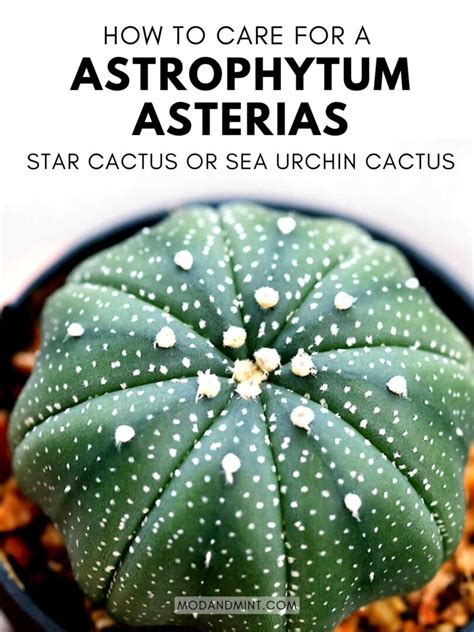
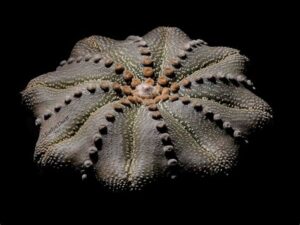
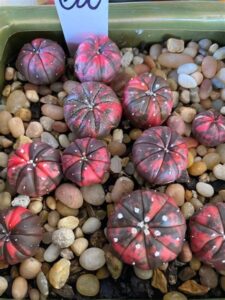
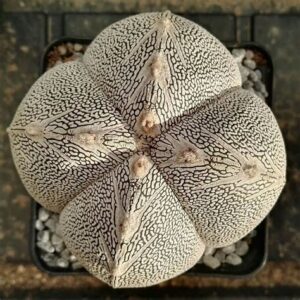
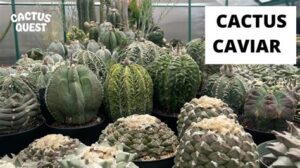
Leave a Comment